An amazingly long success story
The Shavrov SH-2, affectionately called “Shavrushka”, shares with the Polikarpov U-2 and Antonov An-2 the title of longest serving biplane in aviation history. But she was the only one being tailored as a seaplane, abeit amphibious. He production numbers never reached the scale of the others two but was remarkably long. Anyway, she rendered immense services to the VVS and the Soviet Navy and Air Forces at large, the coast guards and Aeroflot during the interwar and WW2; Some even fought on the Finnish side. Her key assets were her immense sturdiness and a simple and robust engine that lasted decades.
About Shavrov
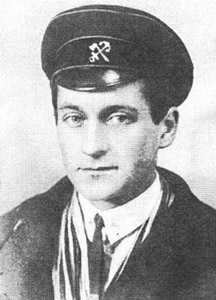 The latter is not the most famous Russian designer ever, but leaving a mark nonetheless in the aviation landscape for a few years, by designing mostly seaplanes. Vadim Borisovich Shavrov was born October 26 (November 7) 1898 in Moscow, and became an aircraft designer after the civil war. He had his PhD many years after, in 1945, as aviation historian. Outside designing flying boats he redacted a two-volume monograph History of Aircraft Design in the USSR.
The latter is not the most famous Russian designer ever, but leaving a mark nonetheless in the aviation landscape for a few years, by designing mostly seaplanes. Vadim Borisovich Shavrov was born October 26 (November 7) 1898 in Moscow, and became an aircraft designer after the civil war. He had his PhD many years after, in 1945, as aviation historian. Outside designing flying boats he redacted a two-volume monograph History of Aircraft Design in the USSR.
Born from an artillery officer in 1914 he entered the St. Petersburg Institute of Railway Engineers. In the Civil War, he worked on topographic expeditions in the Volga region and the North Caucasus. He later returned to the institute’s new aviation department and after graduation as appointed to the Russian Voluntary Air Fleet Society (“Dobrolet”) as deputy head of the Central Asian lines. By 1925, her worked for the Department of Marine Pilot Aircraft Construction, Krasny Pilot Plant (Aviatrest) by then headed by D. P. Grigorovich (Leningrad, Krasny Pilot plant).
But aside his team work, Shavrov worked on the ROM-1 flying boat. In 1926-27, teaming with V. L. Korvin her joined a small team woking on spare hours on a design later reviewed by the Osoaviakhim, receiving support. The summer of 1929 saw the SH-1 prototype followed by the Sh-2 flying boat reaching production, under supervision of Shavrov alone, hence the name given for the model. Next, he would create the SH-3 to Sh-7 (the latter as a planned replacement in 1940) but they all stayed at prototype stage, leaving the SH-2 his only production model.
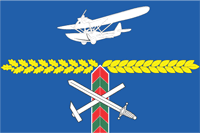 In 1955 Shavrov took the head of the design department of OKB-256 under P. V. Tsybin, taking part in the RGSR supersonic seaplane project while studying history of aviation, publishing a massive 3-volumes work and by 1968 had a cameo role as pilot in the film “Two Comrades Were Serving” and apssed out in 1976, buried in the prestigious Donskoy cemetery.
In 1955 Shavrov took the head of the design department of OKB-256 under P. V. Tsybin, taking part in the RGSR supersonic seaplane project while studying history of aviation, publishing a massive 3-volumes work and by 1968 had a cameo role as pilot in the film “Two Comrades Were Serving” and apssed out in 1976, buried in the prestigious Donskoy cemetery.
The Shavrov SH-1 (1929)
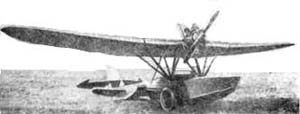 Starting in 1925, development of “hydroaviation” started in Russia (which already had a sizeable naval aviation well before that). The term ‘hydro’ was coined by the French in 1912 from the Greek “water” was used as “idro” in Spanish and Italian – In the anglo-saxon world those which featured a boat-like fuselage were called “flying boat” or simply “sea boats” and those convertible from standard undercarriage to floats were called “floatplanes”.
Starting in 1925, development of “hydroaviation” started in Russia (which already had a sizeable naval aviation well before that). The term ‘hydro’ was coined by the French in 1912 from the Greek “water” was used as “idro” in Spanish and Italian – In the anglo-saxon world those which featured a boat-like fuselage were called “flying boat” or simply “sea boats” and those convertible from standard undercarriage to floats were called “floatplanes”.
The USSR carried out researches at the Department of Marine Experimental Aircraft Construction (OMOS), Central Design Bureau in the complex Aviatrest in Leningrad. The “workshop” was the entire Krasny Pilotchik plant (“red pilot factory”), under the direction of D. P. Grigorovich. and V. B. Shavrov in the design team, mostly working on a STOVL prototype.
In a private conversation in early 1926 with his old acquaintance V. L. Korvin-Kerber the idea emerged of the need of a reconnaissance aircraft for polar aviation, an amphibian which could operate on ice from even a small ship and have an extremely short takeoff run. This plane simply did not existed at the time. Shavrov was interested by the challenge, and joined the small team working on it in his spare hours, at Korvin’s appartment.
By the fall of 1926, the draft was ready, dhowing a two-seat parasol sesquiplane (large top wing, half wings below attached to the fuselage) flying boat, of wooden construction and propelled by a 40 hp engine mounted above the wing, out of water spray. It was known underpowered at the time and a Soviet 60 hp engine was in development for it in the long run.
In 1928, OMOS was transferred to Moscow and Shavrov managed to present his project (Korvin was jailed at that time) to the technical council of Osoaviakhim, impressed by it and funding a propotype with 4,000 rubles. All the main components and assemblies were made in Korvin’s Leningrad apartment, third floor. Despite the working conditions, development was carried out quickly. After initial wind tunnel tests showed no major issue, the Sh-1 was handed over to Osoaviakhim for a first flight test on 21 June 1929, performing well by topping 126 kmph from her puny 63 kW Walter radial engine, promising even better performances with the new engine on development. The Osoaviakhim used this prototype for propaganda flights painted in bright colors. On February 26, 1930, V.P. Chkalov and mechanic Ivanov crashed in bad weather, and the SH-1 was not restored.
The polar amphibian was not Shavrov’s idea
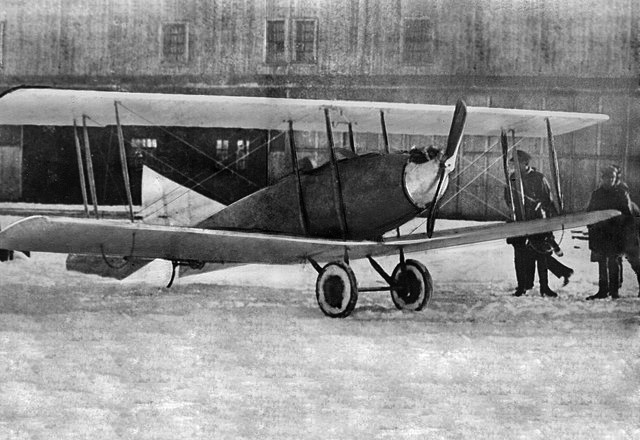
The Aviette SK (1926) on which Shavrov worked with A. N. Sedelnikov, V. L. Korvin-Kerber at the Red Pilot Factory.
On the above, before the SH-1, Shavrov worked with the tacit consent of D. P. Grigorovich in his free time with A. N. Sedelnikov, V. L. Korvin-Kerber in the spring of 1926 on the “SK”, fitted eventually with a 16 hp Harley engine was wonderfully shaped monocoque fuselage glued from 1.5 mm plywood. It could perform super-slow takeoff and landings at 45 kph and had very desirable flight qualities despite a very weak engine. Shavrov was interested by STOVL at the time.
For the anecdote, it’s B. G. Chukhnovsky which first expressed the idea of polar aviation and ice reconnaissance which needed a dedicated a model taking off/landing on ice and water indifferently. In the autumn of 1926 with P. D. Samsonov, V. L. Korvin-Kerber they visited Sevastopol to examine the all-metal Dornier Wal just acquired by the Air Force showed its extreme ruggedness and that it could indeed serve in the Arctic. V. L. Korvin-Kerber saw the drawings of another flying boat by German company Libell, even more attractive with its small aircraft project.
Back to Leningrad, together with B. G. Chukhnovsky, they decided they could create the amphibious aircraft of the Libell design but using solutions from the “Wal”. B. G. Chukhnovsky promised he would secure approval and funding from Aviakhim, where he was well acquainted.
Almost immediately, V. L. Korvin-Kerber started work and at the time, a young OMOS employee, V. B. Shavrov was invited. In fact it’s him that brought on the table some useful connections in the aviation industry. V. B. Shavrov was still working at Red Pilot for a few months, but managed to acquire his sjill designing the monocoque fuselage of the ROM-1 flying boat, and it showed it. Like the previous SK, the flying boat was designed in free time, from the end of 1926, until the summer of 1927. It was a wooden hydroplane (an abundant material in Russia), and the very first soviet/Russian amphibian.
Design and construction
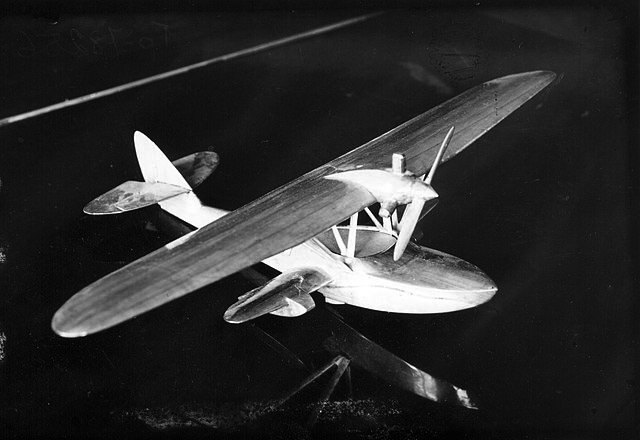
The SH1 “polar bird” wooden mockup presented in 1928 to secure funds
The SH-1 (the name Shavrov was attributed later as it was created at Shavrov’s own appartment) distinctive feature was a pulling configuration (propeller forward) was used, in contrast to the usual “pushers” flying boats of the time. It was a strut-braced “polutoraplan” (sesquiplane) with a lower cantilever wings-floats (the latter were integrated in it) at the waterline. It gave extra lateral stability on water. The aerodynamic features of the wings achieved a maximum lift coefficient at a small inclination angle when hitting water or land. Additional lift was created by floats. These recipe were borrowed from the Libelle design.
In the summer of 1927, a first wooden mockup model was presented at the Polytechnic Institute and thanks to Academician A.N. Krylov, back from Great Britain, he presented the project to the direction at Osoaviakhim.
But circumstances have changed at the time. By the autumn of 1927, D. P. Grigorovich sent V. L. Korvin-Kerber on a business trip to Sevastopol, tasked to test the ROM-1 as open sea reconnaissance aircraft. Her was still there in the spring of 1928.
Meanwhile OMOS moved from Leningrad to Moscow and due to disagreement with chief designer Grigorovitch, many key employees left his department, but V. B. Shavrov paradoxically, who disliked hom as well, was the only one sticking with him. By early April with full support of B. G. Chukhnovsky, V. B. Shavrov presented his project to Osoaviakhim, who approved it (and thus allocated his name and not “Korvin-Kerber”). V. L. Korvin-Kerber would later return t help him with the Mechanic N. N. Funtikov to care for the engine and dahsboard.
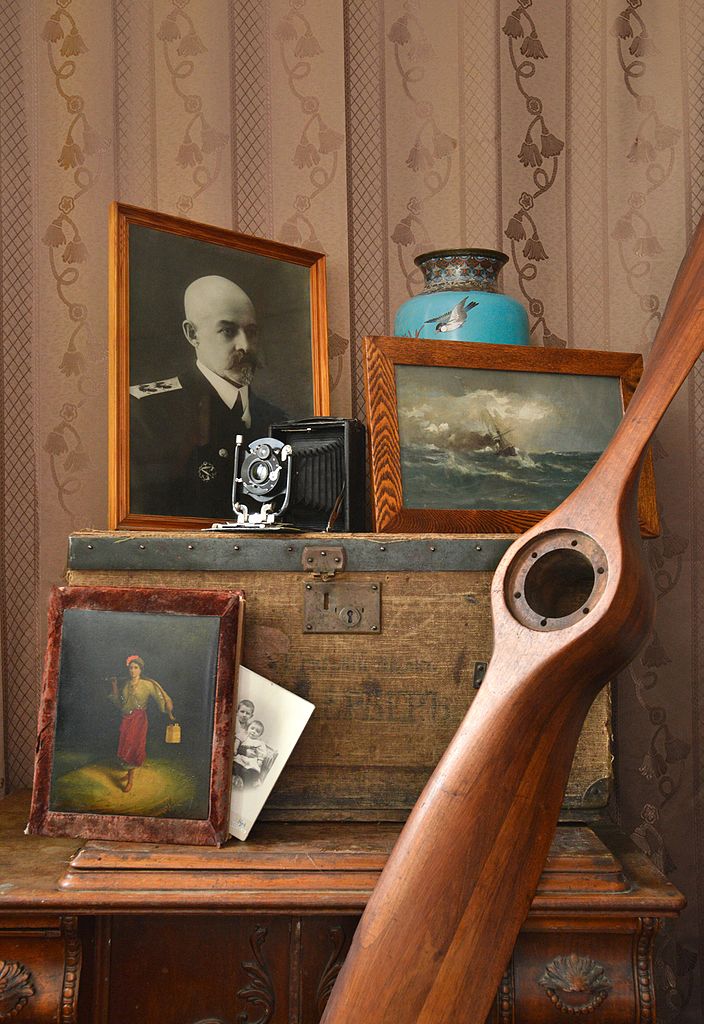
The Sh-1 propeller preserved in the family of one of its authors, V. L. Korvin-Kerber, after his death in 1930.
Construction started on April 14, 1928 and the wooden fuselage and wings were all strapped into fabric tailored by V. L. Korvin-Kerber’s own wife, Yulia. It fell well in the calender as the Leningrad branch of the Aeroarctic International Society just obtained a study in the far north in the new five-year plan. In August, parts were lowered through the window of the third floor into the courtyard. it was assembled there and prepared for taxiing in front of the Malaya Nevka block. The pilot chosen was L. I. Giks. However on November 5, VL Korvin-Kerber was arrested 2 months D. P. Grigorovich own (false) accusation of sabotage. Their cases were combined but the “Shakhtinsky case” eventually died down due to the lack of proofs. By the end of 1929, they were working at the first aviation “sharaga” in the Central Design Bureau 39 Menzhinsky OGPU.
Design changes for SH-2 production
Left alone, V. B. Shavrov dismantled the plane, transported in the hangar of the test airfield and it was reassembled the next summer, to be tested at sea. On August 31, 1929, pilot B.V. Glagolev and mechanic N.N. Funtikov flew with it to Moscow, taking off from the Neva and after 5 hours, 30 minutes, landed at the Central airfield. It was tested there at the Air Force Research Institute by a commission headed by Air Force Research Institute P.I. Baranov assisted by pilots B.V. Glagolev, M.P. Korovkin and A.V. Chekarev. For production they were all agreeing on a radical increase of the engine power, from 85 to 100 hp. The commission also recommended that the center of gravity was reclaculated due to the new planned engine; The name Sh-2 was attributed.
Aircraft designer A. S. Moskalev observed the work of V. B. Shavrov and was very impressed by him, not knowing the full story behind the model. V. B. Shavrov postponed the construction of the production prototype for a whole year, and convenientely “forgot” about V. L. Korvin-Kerber, but it was recoignised 40 years later in his two-volume book History of Aircraft Designs in the USSR. At the time he distanced himself from an “enemy of the people” and saved the project. In an ironic twist, Viktor Lvovich Korvin-Kerber’s appartment was later unexpectedly rewarded as a “House of Specialists” on Lesnoy Prospekt.
The Shavrov Sh-2 was developed from the Sh-1 flying boat prototype designed in Korvin-Kerber’s own apartment in his free time, while still team-working at OMOS/Aviatrest. It first flew on 21 June, 1929. The Sh-2 was a slight enlargement of the Sh-1, with some detail improvements as seen above.
SH-1 specs:
The Crew comprised a pilot seated forward, and a mechanic or passenger. The SH-1 hull measured 7.7 m for 3.1 m hight at the tip of her tail. Her Wingspan was 10.7 m and Wing area 24.6 m². Her Weight empty was 535 kg and at normal takeoff reached 790 kg max. She was powered by a “Walter” 85 HP to a top speed of 125 kph and Cruise speed of 104 km/h allowing about 400 km and more than 5h of autonomy while not being able to go further up than 2,470 m. As a prototype no armament of payload was invisioned at that stage.
Design of the SH-2
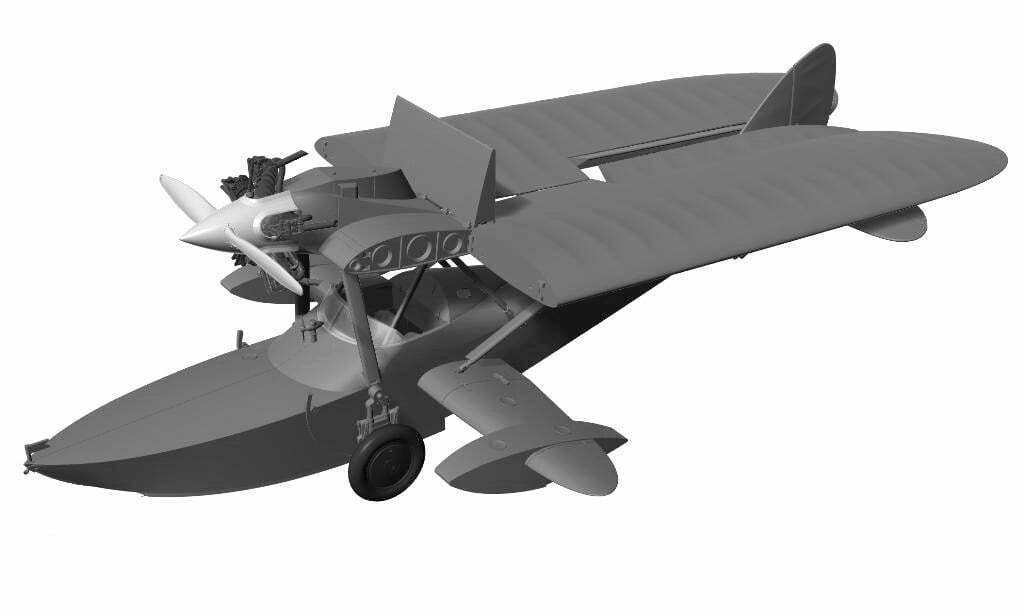
3d reconstitution of the folded wings (aeroscale.net)
The hull was modelty made of pine wood. The keel and longerons were in ash, and the cover for the fuselage was made of 3 mm (0.11 in) plywood skinning, along 25 frames. Four of theses wete watertight bulkheads in case of a perforation. The bottom was covered with 6 mm plywood (0.23 in), and the entire structure was covered in doped fabric. The cockpit had three seats, and the pilot and passenger sat in tandem in the forward section, both given the same controls, and there was a additional passenger behind or cargo/additional fuel. More storage was provided in the nose and under the seats.
The wings were those of a staggered sesquiplane. The outer wing had a 3 degree dihedral, and could be folded back along the fuselage for easier ship storage. The centre section used aluminium alloy and dead eye were provided forward for hoisting cables. The small cantilevered lower wing also supported the stabilizing floats. There was a cruciform tail, leaf-shaped and reminiscent of De Havilland designs, with horn balanced elevators. The rudder was slightly enlarged compared to the Sh-1 under recommendation, due to the greater speeds and better engine.
The undercarriage was also new, it comprised a retracting gear rotating forward, up ,in an arc or a ral, until the axle was level with the cockpit coaming and pulled into position with cables and springs. It could be swapped for heavy skis for winter operations. A few models had the undercarriage removed entirely and skis fitted permanently. The production went on for an amazing 20 years, stopping in 1955, in between, they were upgraded by being fitted with the more powerful postwar version of the M-11. There were variants with enclosed cabins as well for the aft passenger, enclosed or glassed, or for two stretchers in the ambulance version.
Production (1932-52)
Serial production was ordered at Taganrog Plant No. 31. According other sources, it was in the repair base of the Main Directorate of the Civil Air Fleet (directive pr. UKGVF No. 364 dated June 4, 1931) in Leningrad starting on August 15, 1931. On June 1, 1934, this became the Leningrad Aircraft Repair Workshops (LARM), Civil Air Fleet. The first aircraft left the factory floor on April 1, 1932. The first delivered were configured as air ambulance with a compartment for a stretcher, designed by F. F. Lipgart (16 manufactured). The rest were standard production models, with optional skis also delivered for conversion, mostly on the arctic and baltic.
Exact prduction records are shaky to say the least. It varied among sources, between 300 to 700 and even 1200. Most were apparently made before 1941 as the SH-2 receive lower priority compared to other models and all other Shavrov models were axed (see later). It seems that production was only partial, stopped and restarted at various times: In 1930-1934 for the main bacth, in 1939, in 1942-1945 again, then 1946-1947 (possiblt 700 in all) and in 1951-1952, not 1955 as some sources stated for 1200 total. To be more precise, 270 were produced in 1932-1934 (1932: 30, 1933: 200, 1934: 40. After this, production ceased entirely. Operated aircraft were gradually decommissioned when worn out.
In this regard, the Main Directorate of the Civil Air Fleet decided to rebfurbished and return many decommissioned Sh-2s into service. Restoration and overhaul was carried out by the Leningrad Aircraft Repair Workshops of the Civil Air Fleet (ARM-21). Its simplicity and cheapness was revaluated as well as its cheaper manufacture not using strategic materials, and it was even simpler/cheaper than the Polikarpov U-2. Mass production was resumed in 1939 under the leadership of V. F. Rentel and modernized, further simplifed and given the new M-11D engine, mounted on shock absorbers and with counter struts.
In the summer 1941, 50 of these were being assembled in the workshops. The ARM-21 was evacuated to Irkutsk, in August 1941. On 08/20/1941 it was evacuated to Vologda (where PARM-1 was created) and to Irkutsk to the ARB-403 site. Then, the workshops were relocated to Sverdlovsk, where ARB-404s were organized. In 1943 had the name PARM-79.
During the evacuation, the repair of Sh-2, U-2, R-5 and ANT-9 aircraft continued and assembly was carried out after the repair of G-1 and DB-3 aircraft. Soon there were finished parts for 20 extra Sh-2 sent there for completion in 1942. A New production was organized at the GVF Repair Plant No. 403 and further changes were made to the design mainly due to supply difficultties for some parts now in occupied territory. In total, from 1942 to 1945, 150 new Sh-2s were produced in Irkutsk, 286 repaired/refurbished and modernized.
In 1944 the PARM-79 were returned to Leningrad to Staraya Derevnya, in early 1945 for completion. They received idenfication numbers LARM-21 SUGVF.
There are no exact data on the number of Sh-2s produced for all years. It is known that more than 700 of them were built (according to some estimates – from 800 to 1200). The simplicity and high maintainability of the machine (sometimes they went through 4-5 overhauls) provided this machine with a long life.
After the war, the Irkutsk plant delivered the model in large quantities in 1946-1947 and again in 1951-1952. In 1947, prodyction was relocated to Pulkovo. On September 1949 the facility was renamed LERM, and on 18 August 1952, ARM-21 GVF. On July 5, 1968 the workshops were reorganized into Plant No. 21 GA.
In 1948 they were refusbished with captured German equipment while repair of civilian models and engines upgraded were performed with assembly of joint Po-2/Sh-2 established. The modified version used the M-11L engine (115 hp) and later by the M-11K (125 hp), also modified for easier controls with a compressed air cylinder with trimmers on the rudders height and direction. It also had an enclosed cabin among other things.
Engine
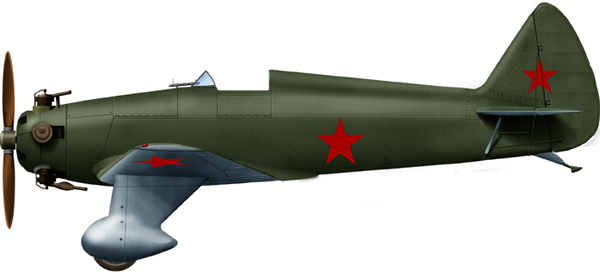
Yak-1 UT-1 advanced trainer also powered by the Shvetsov M-11
This was the Shvetsov M-11 radial, 5 cyclinder air-cooled engine. It was designed under a 1923 competition for a new engine for light, trainer aircraft. It was single-row with five aluminum cylinder heads. Like the American Kinner B-5 5-cylinder radial (obtained), the M-11 had individual camshafts for each cylinder operating pushrods. The initial versions were very weak, only lasting for 50 hours before replacing parts due to low tolerances and high vrbrations. The basic M-11 was capable of 100 hp (73 kW), but ot was refined as the M-11D (125 hp/92 kW), and the last was the M-11FR introduced in 1946 (160 hp at 1,900 rpm) fitted with a variable-pitch propeller and many new accessories as well as a floatless carburetor. The ultimate evolution was the MG-50, projected 18 cylinder, two-row radial designed by M.A. Kossov and delivering 600 kW (800 hp)/630 kW (850 hp) in the 1950s. This engine also powered the Anbo II, Gribovsky G-15, G-20, G-21, G-23, G-27, the Kharkiv KhAI-3, Laz-7M, LWD Junak, MiG-8 Utka, Polikarpov Po-2, PZL S-4 Kania, Shcherbakov Shche-2, Yakovlev UT-1, UT-2, Yak-6, Yak-12 and Yak-18.
Armament
The Shavrov SH-2 was mainly a civilian aicraft, and when pressed into milityary service, painted in green livery for the winter war, still unarmed, many received a rear pintle mount light MG. To operate it, the mechanic/passenger seat was turned backwards, or he was given a simple turning stool. No known installation of small bomb rack under the lower wings is known or shown on any photos, not even the mounted defensive armament. It seems it operated only for liaison/transport only.
Specifications Shavrov SH-2 |
|
| Crew: | 3: Pilot, Gunner, Observer |
| Dimensions: | Length: 8.2 m (27 ft 11 in) Wingspan: 13 m (43 ft 8 in) Height: |
| Wing area: | 24.7 m2 (265.87 sq ft) |
| Weight, Max Take off: | 937 kg (2066 lb) |
| Weight, Fully Loaded: | 660 kg (1455 lb) |
| Propulsion: | |
| Top speed: | Top speed: 138 mph (222 km/h, 120 kn) |
| Cruise speed: | 139 km/h 86 mph |
| Service ceiling: | 3,850 m (12650 ft) |
| Rate of climb: 5,000 ft (1,524 m) in 5 minutes 20 seconds | |
| Endurance: | 1,300 km (808 miles), 5h+ |
| Armament: | Optional rear 1x .303 cal (7.7 mm) aft |
Service 1930-1959
Interwar and civilian service
The Sh-2 served throughout the Soviet Union, from the Baltic to the Black sea and Pacific as well as from major rivers and a few in the arctic region as initially intended, often painted with bright colors, with yellow and orange patterns. In 1933 the Sh-2 was used for ice reconnaissance during the Chelyuskin steamer expedition, based on board. It was piloted by M.S. Babushkin. After the ship was strabded, the Sh-2 was unloaded on ice and flew to Vankarem.
It was mainly used an a utility transport by the Aeroflot in various liveries depending on the line. It was used for liaison and as a trainer also by the army on small quantities, but also for fishery protection duties, by the coast guard, NKVD, never the Navy. It was also used for frontier patrol also by the NKVD. They supported Arctic operations and 16 were built under the designation Sh-2S as air ambulances carrying one or two stretcher patients. In 1939 Aeroflot built additional Sh-2s from available spares and later the type was reinstated in production. As well as use for the civil roles indicated, the Sh-2 was flown by the V-VS as a general-purpose aircraft. A number of later machines had a glazed crew cabin and other refinements, becoming redesignated Sh-2bis most had improved M-11L engines.
WW2 service
By April 1, 1941, there were 32 serviceable models, 12 not in flying conditions with M-11s yet to be fitted in civilian departments. Another 2 unfliable were in service with the NKVD. The situation changed with the start of the Soviet-Finnish War in 1939 already, as the landscape was well adapted to a small amphibian model for operational communications between units and transport of injured personal. They proved very useful in swampy area, rivers and lakes dotting Finland. It seems it was only “leased” by the Aeroflot to the Army wherever it flew, rarely seen with proper military marking, although many were photographed with red stars. Given the halp-hazard production, they operated in local units until 1945 for their tradtional role, never offensive.
In Finnish hands
In August 1942, two Sh-2S (USSR-X-217 and USSR-X-370) were captured by the Finns near Petrozavodsk, reused by the Finnish Air Force from October 1942 to September 1944. They kept their original olive green livery but had pale blue underbelly and wings, svatiskas, and the classic yellow underwing tip as standardized for the axis in this theater. Their fate is unknown, but photos exists dated up to the end of the continuation war.
Postwar service & legacy
Surviving ones are in the following museums: The Russian State Museum of the Arctic and Antarctic, in St. Petersburg, and the Historic Aviation Restoration Museum in Maryland Highs (Missouri, USA) – see later.
The Youth Aviation Center in Urai, created a flying copy built on 0.75: 1 scale, first demonstrated at the SLA-89 in Riga. She was made by enthusiasts with no prior experience. They sed a small 4-cylinder Praga engine with a 75 hp output, forced its downsizing. It first flew by Sheffer Yu. P., obtained the main prizes at SLA-89. The same team next reconstructed this time a more reastlitic Sh-2, demonstrated at the MAKS-95, MAKS-97 exhibitions and Gelendzhik-96 Gidroaviasalon as well as other air shows. None original survived. The full replica created in USSR by cadets of Egorevsky aviation school of civil aircraft under the direction of teachers, from 1984 to 1986 was purchased in the 1990s, and is now in the Historic Aircraft Restoration Museum in Creve Coeur, Missouri, U.S.A.
Shavrov’s later models
Shavrov SH-3/4
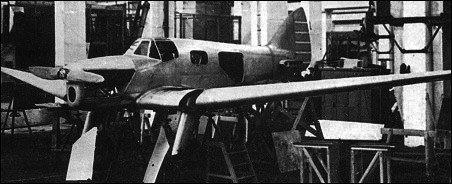
The prototype in construction
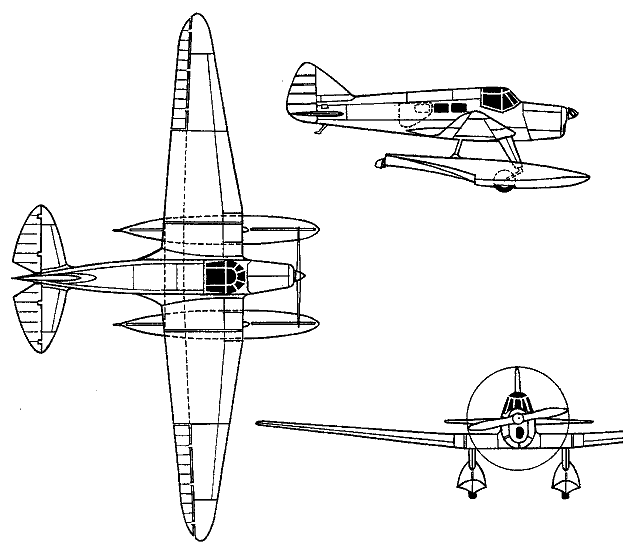
Known sketch of the prototype
Unfortunately little survived from both prototypes. The Shavrov Sh-3 was a paper project for a single-engined light amphibious aircraft also used for transport. The programme was abandoned as the prototype was nearing completion in 1936 while 90%, due to an administrative decision. Its specifications were dimensions of 7.80 m (36 ft 7 in) x 14.00 m (46 ft 11 in) (24 m2 (258.33 sq ft)), Empty weight of 720 kg (1,587 lb) and 1,070 kg (2,359 lb) gross. She was to be powered by a Cirrus Hermes , 89 kW (120 hp). It was a very modern all-metal floatplane with two large floats underwing. Both integrated wheels for amphibious operation. As for the SH-4 it’s only mention as another project, also cancelled. Almost nothing is known about it.
Last Shavrov planned replacement: The SH-7
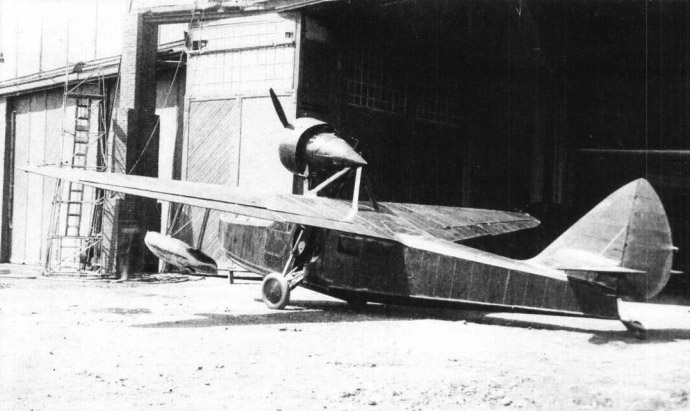
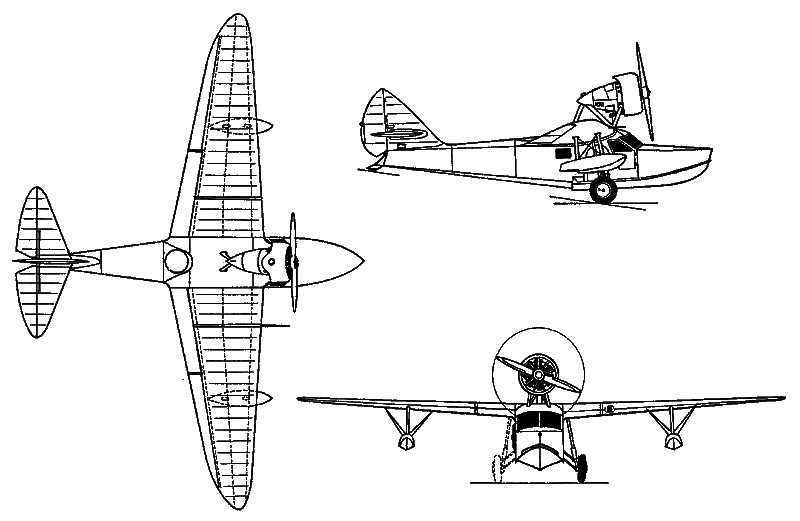
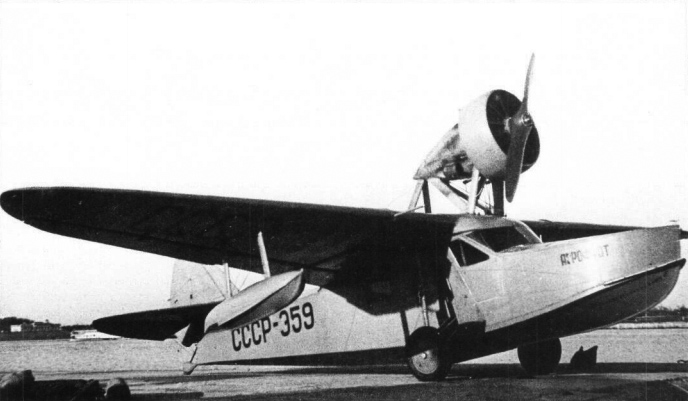
Two photos of the prototype
The Sh-7 was a six-seater amphibious flying boat designed by V. B. Shavrov intended to communicate between polar stations and doing ice reconnaissance from ships as performing other tasks in the northern regions of the USSR. Designed in eatly 1939, she was built and tested in 1940. Tests were conducted by pilot E. O. Fedorenko were successful. It was decided to launch mass production of the Sh-7at the Glavsevmorput repair plant, in the summer of 1941 after the German invasion, there were massive reorganization plans in all sectors and many production orders were cancelled to concentre ron a few models only. Sadly, the promising SH-7 was axed as well. The prototype neverthess served in WW2, transporting mail until completely worn out; Its fate is uncertain.
This martly metal-clad model was a parasol sesquiplane, still with a top center wing-mounted engine. It had a crew of 2 but can carry 4 in its fuselage, or carry a 350 kg payload. 9.4 m long for a 13m wingspan and 23.3 m2 wing aera, it had a wing airfoil profile NACA-23016 (tip 23012). Its Empty weight was 1,230 kg, with a maximum takeoff weight of 1,900 kg and could carry 320 kg of fuel and oil in its internal tanks. Its Power plant was the PD MG-31F rated 330 hp and driving a two-bladed wooden propeller. Wing loadingw as 81 kg/m2. Top speed was 218 km/h with a normal ferry range of 920 km, ceiling of 3000 m, and takeoff run on a flat surface of 215 m and run length of 107 m. It was armed with a defensive TT-1 mount for a ShKAS machine gun (300 rounds) aft.
Books
Петров Г. Ф. Гидросамолёты и экранопланы России. 1910 — 1999. — М.: Русское авиационное акционерное общество (РУСАВИА), 2000. — С. 222. — 248 с.
Шавров, В. Б. История конструкций самолётов в СССР до 1938 г. — 3-е. — М.: Машиностроение, 1985. — 752 с.
С. Малик. Самолет-амфибия Ш-2 // Моделист-конструктор : журнал. — 1976. — № 6. — С. 23-28.
А. Б. Григорьев. Альбатросы: Из истории гидроавиации. — М.: Машиностроение, 1989. — 270 с.
Игорь Костенко. Историческая серия «ТМ»: Крылатая амфибия // Техника — молодёжи : журнал. — 1978. — № 6. — С. 46-47. Архивировано 4 марта 2016 года.
Маслов М. Амфибия Ш-2 и другие самолёты Вадима Шаврова. — М.: “Цейхгауз”, 2008. — 48 с. — ISBN 978-5-9771-0063-2.
Links
some foorage of the Sh2
airwar.ru
armedconflicts.com
eaaforums.org
secretprojects.co.uk
ram-home.com
airpages.ru
wikipedia.org/wiki/Shavrov_Sh-2
Wiki Ru Sh3
Sh-2 on aviastar.org
about the sha-3 on aviastar
aviarmor.net
scalemodels.ru
amyat.narod.ru
museum.ru
e-reading-lib.com
The model corner
Its Drawings for modeling were published in the russian magazine “Model Designer”. Kits were produced by the Ukrainian Amodel (1:72, plastic injetion) and the Oryol publishing house (1:33, paper model).
General query on scalemates
SH-2 on scalemates.com/
super-hobby.co.uk
On britmodeller.com
modelingmadness.com
Refs
basilzolotov.com
britmodeller.com
www.airwar.ru
www.airliners.net
Gallery
Author’s illustrations: Types and liveries
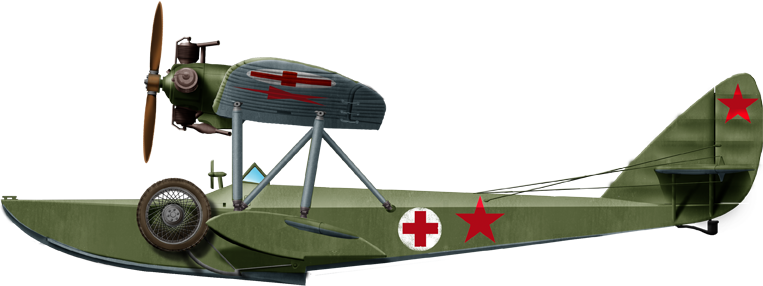
Shavrov-SH-2
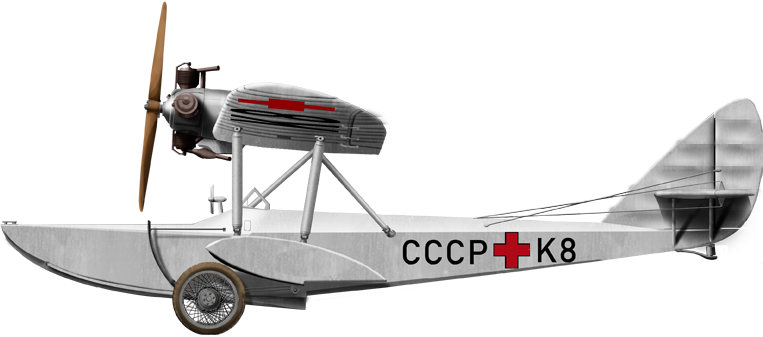
Flying Ambulance
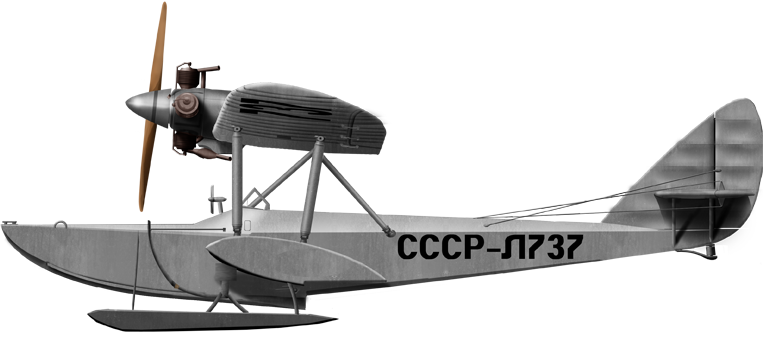
Equipped with skis for arctic and winter operations
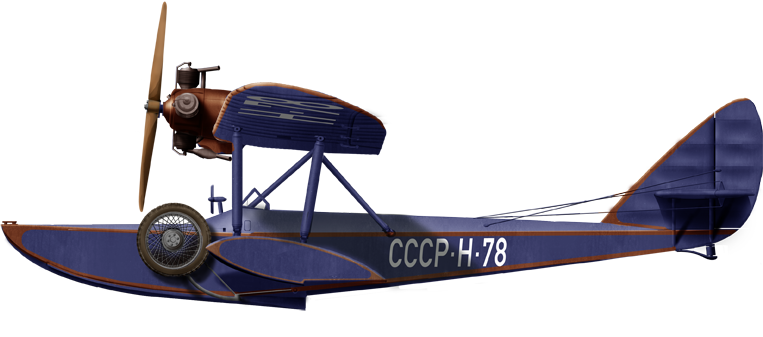
Propaganda flights model of the NKVD
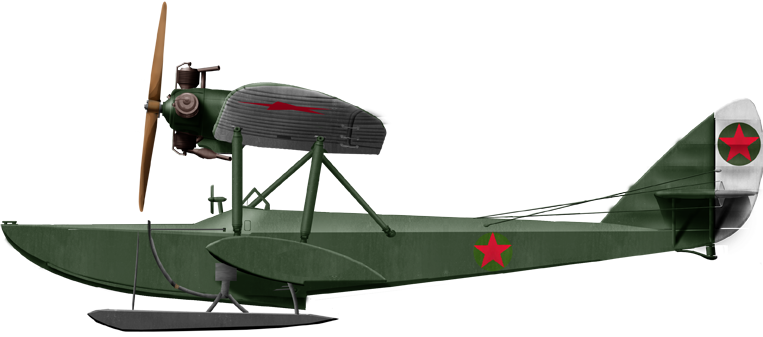
Green model with skis
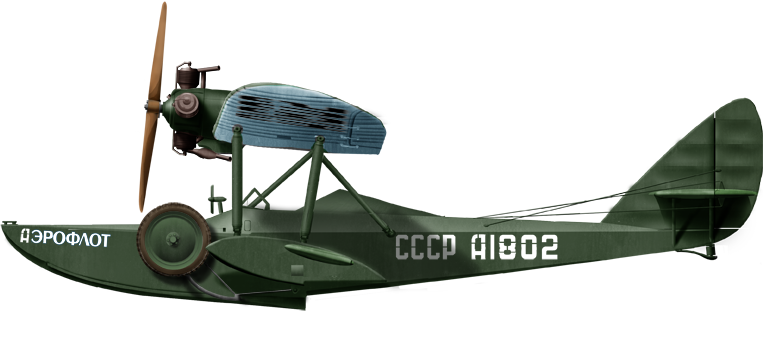
Aerofolot model in Military use 1941
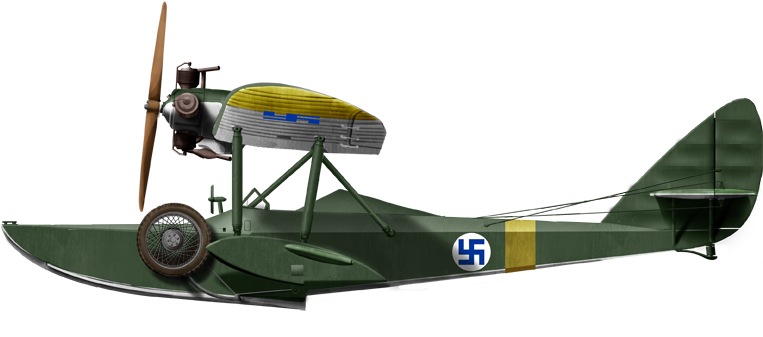
Finnish model 1942
Additional photos
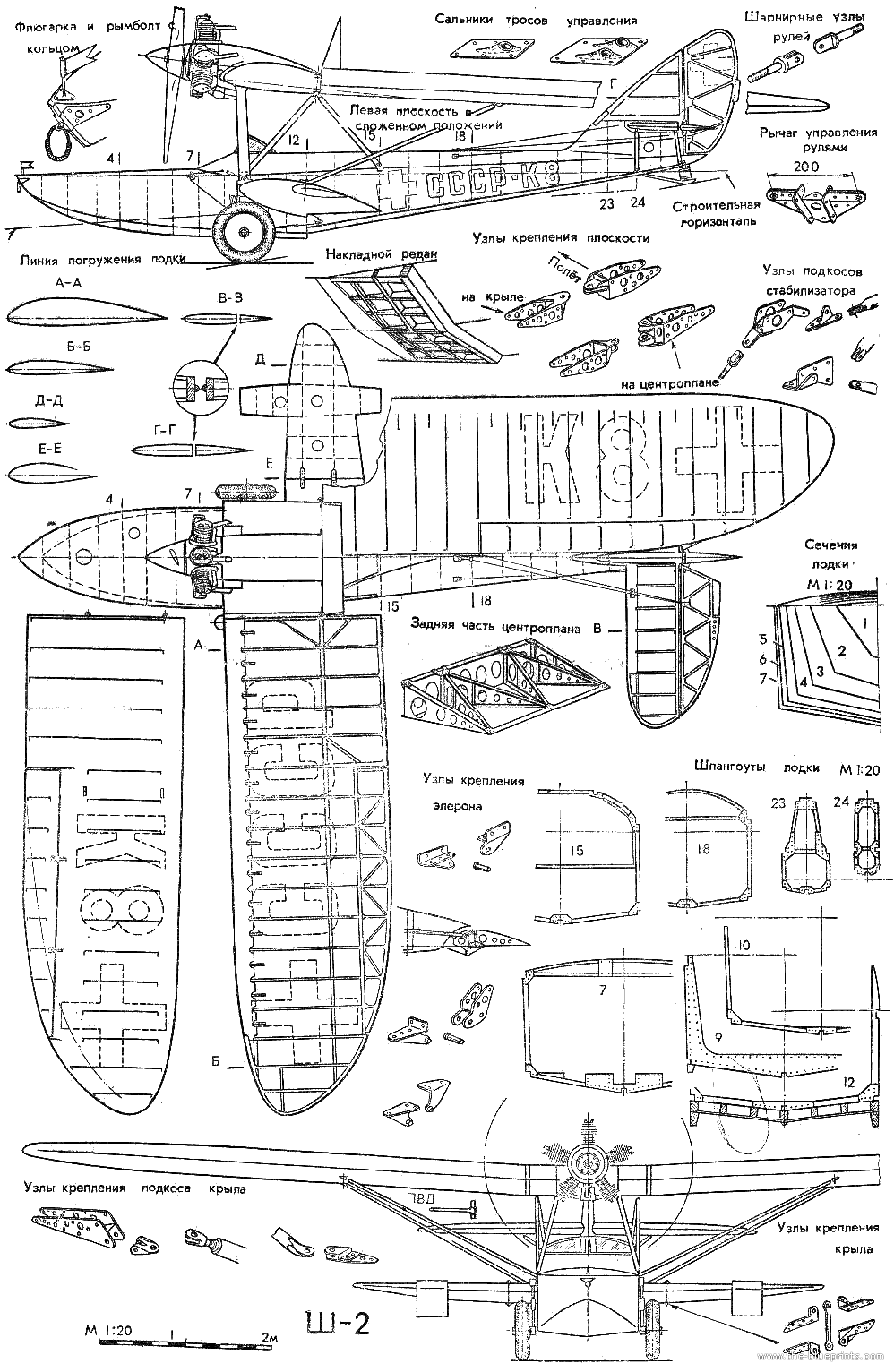
shavrov-sh-2-plan
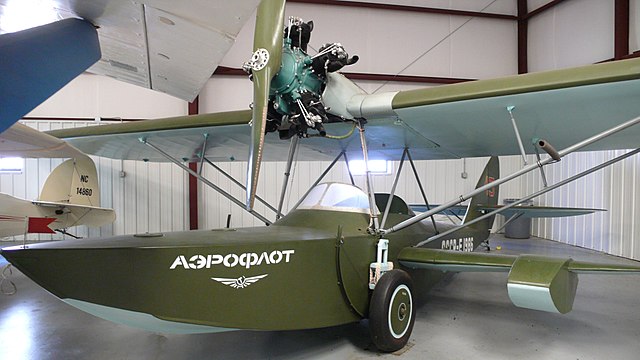
Shavrov_Sh-2_display-US
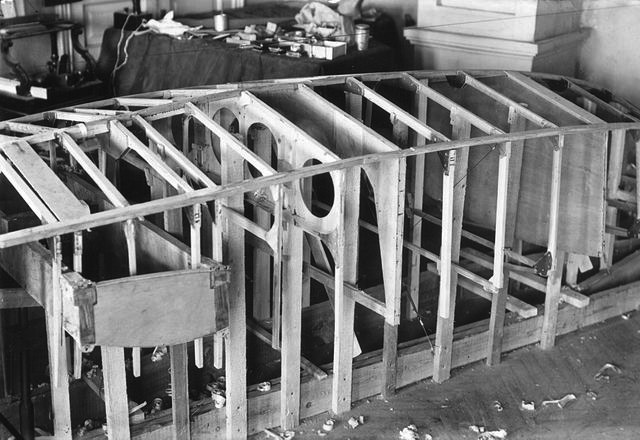
Fuselage construction Sh1 1928
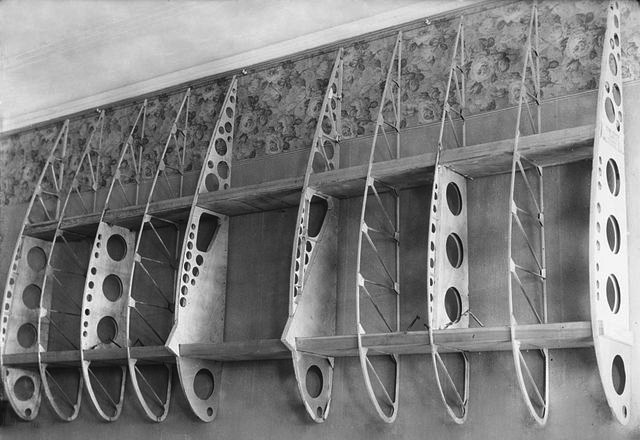
Wing-construction Sh1 1928
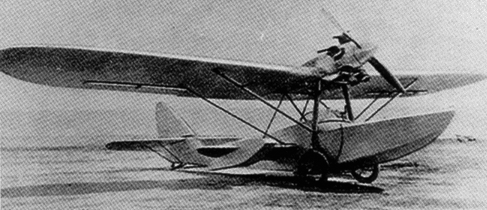
Sh2-scan
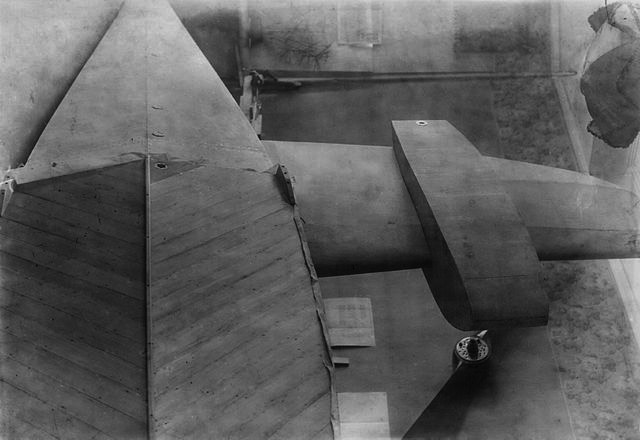
Central-construction-construction-Sh1-1928
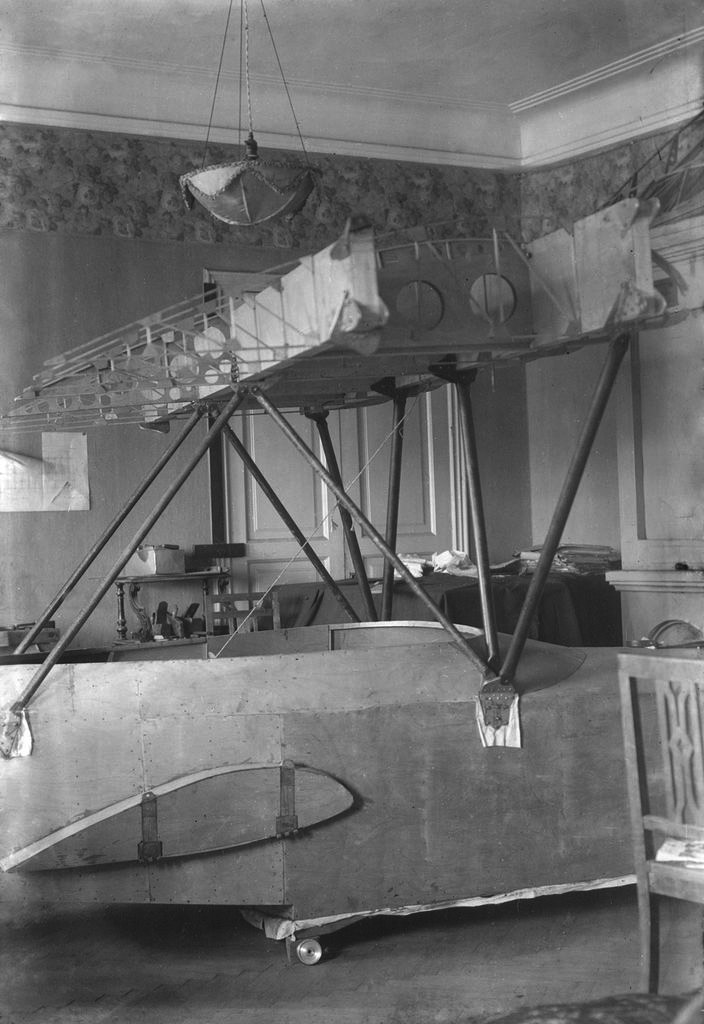
Fuselage-underconstr-Sh-1_1928
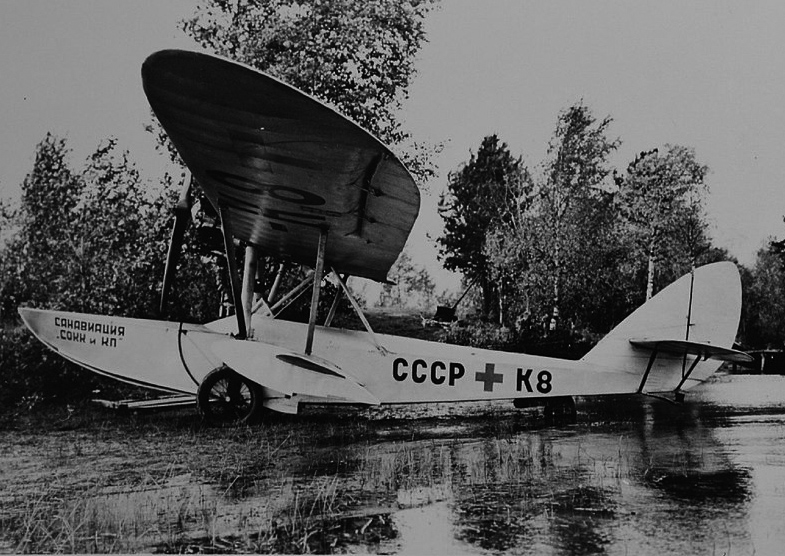
Shavrov_Sh-2_СССР_К8_Ambulance
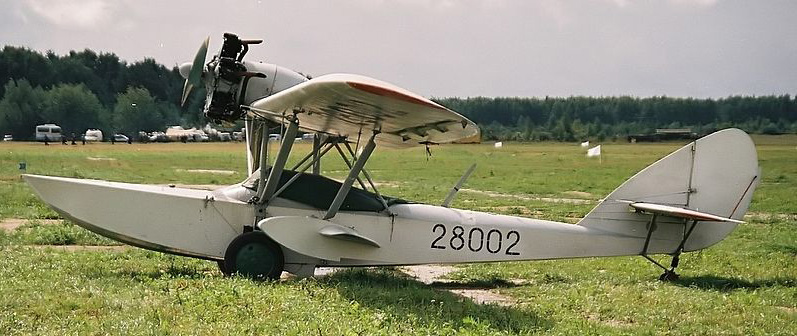
Shavrov_Sh-2_Monino
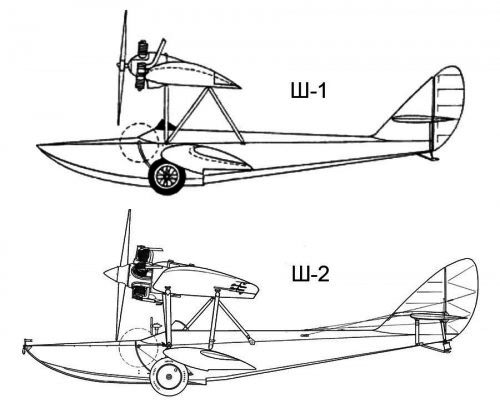
sh2-design-diff
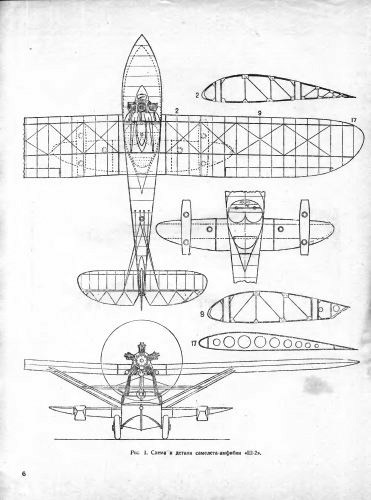
dsignSH2-3v
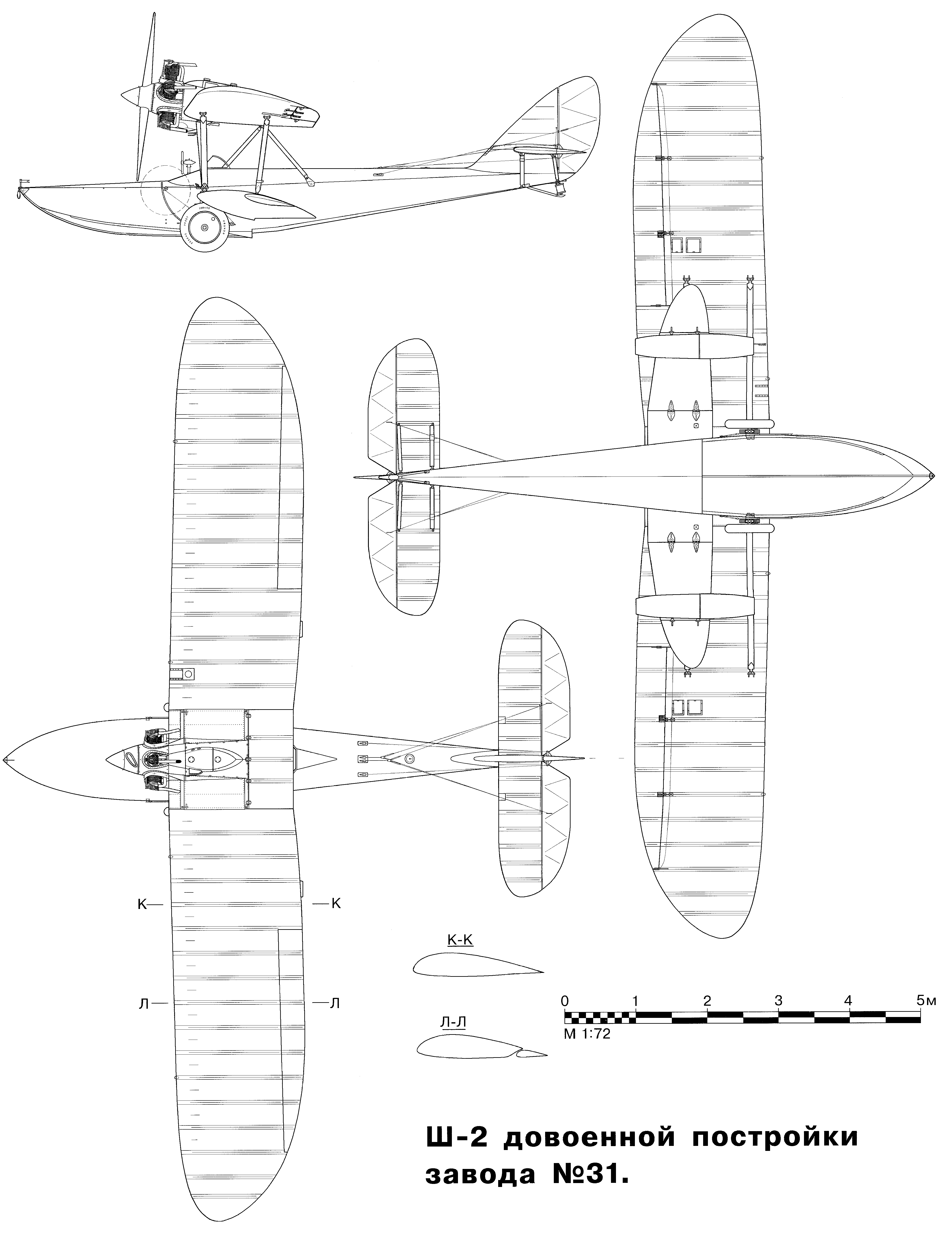
sh2bgHD
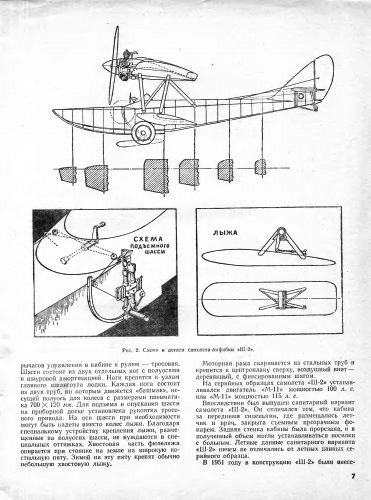
designSh2-pubrus
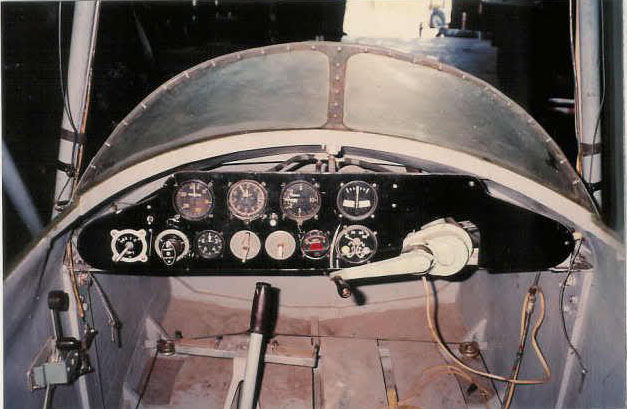
Sh-2cockpitatYegorievskTechSchool
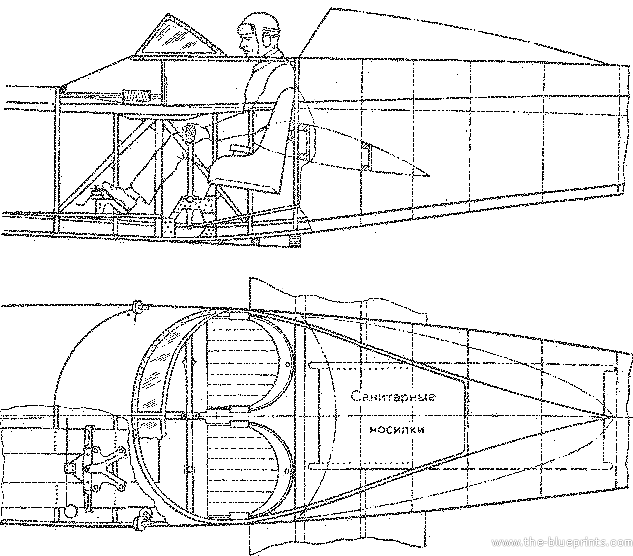
shavrov-sh-2-desgn-cockp
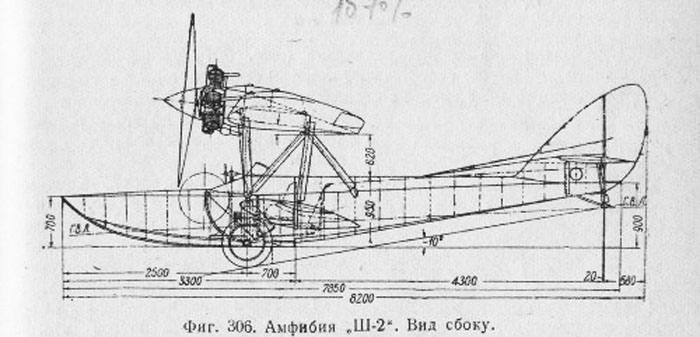
sh2-orig-bp
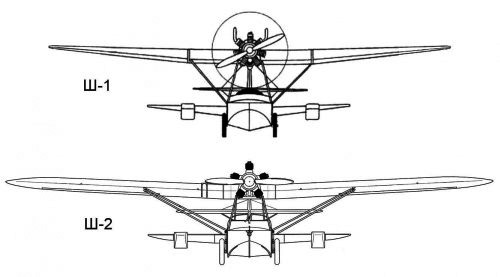
diffSh1Sh2-ft
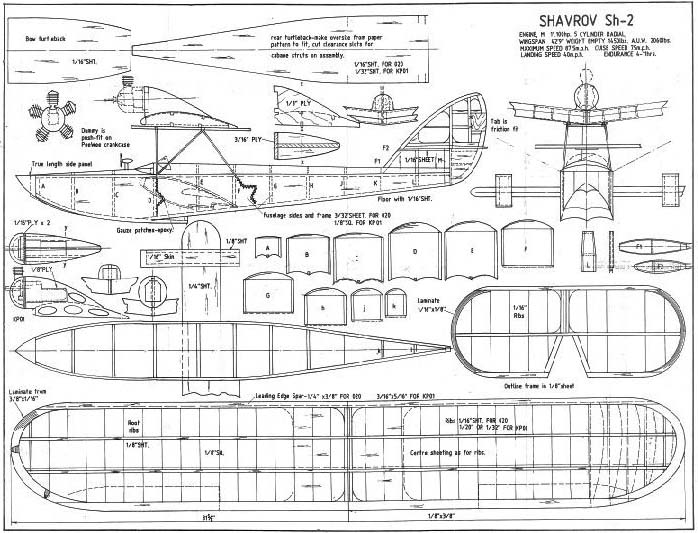
Sh2-plans
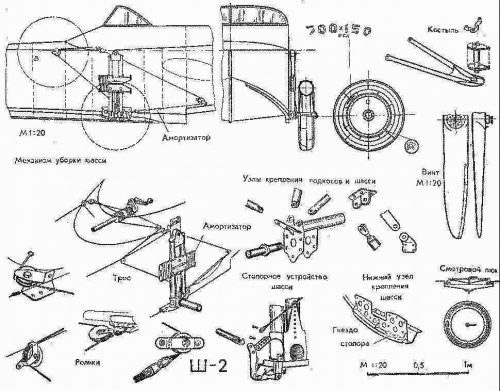
sh2-det-plans
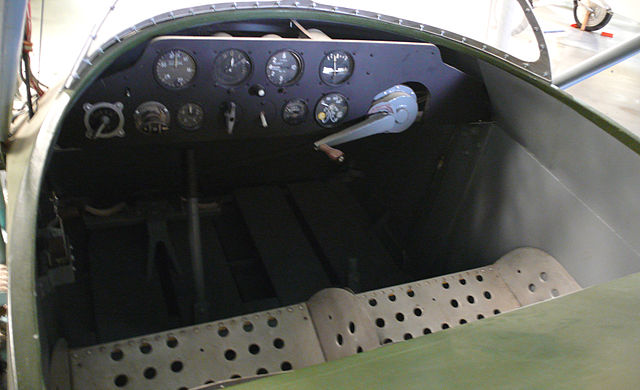
Shavrov_Sh-2_cockpit
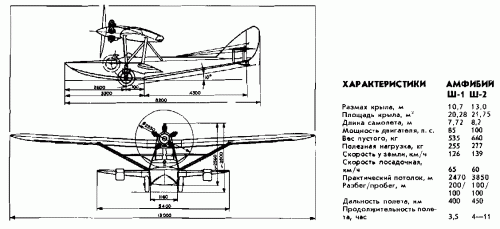
sh2specs



 Latest Facebook Entry -
Latest Facebook Entry -  X(Tweeter) Naval Encyclopedia's deck archive
X(Tweeter) Naval Encyclopedia's deck archive Instagram (@navalencyc)
Instagram (@navalencyc)





 French Navy
French Navy Royal Navy
Royal Navy Russian Navy
Russian Navy Armada Espanola
Armada Espanola Austrian Navy
Austrian Navy K.u.K. Kriegsmarine
K.u.K. Kriegsmarine Dansk Marine
Dansk Marine Nautiko Hellenon
Nautiko Hellenon Koninklije Marine 1870
Koninklije Marine 1870 Marinha do Brasil
Marinha do Brasil Osmanlı Donanması
Osmanlı Donanması Marina Do Peru
Marina Do Peru Marinha do Portugal
Marinha do Portugal Regia Marina 1870
Regia Marina 1870 Nihhon Kaigun 1870
Nihhon Kaigun 1870 Preußische Marine 1870
Preußische Marine 1870 Russkiy Flot 1870
Russkiy Flot 1870 Svenska marinen
Svenska marinen Søværnet
Søværnet Union Navy
Union Navy Confederate Navy
Confederate Navy Armada de Argentina
Armada de Argentina Imperial Chinese Navy
Imperial Chinese Navy Marinha do Portugal
Marinha do Portugal Mexico
Mexico Kaiserliche Marine
Kaiserliche Marine 1898 US Navy
1898 US Navy Sovietskiy Flot
Sovietskiy Flot Royal Canadian Navy
Royal Canadian Navy Royal Australian Navy
Royal Australian Navy RNZN Fleet
RNZN Fleet Chinese Navy 1937
Chinese Navy 1937 Kriegsmarine
Kriegsmarine Chilean Navy
Chilean Navy Danish Navy
Danish Navy Finnish Navy
Finnish Navy Hellenic Navy
Hellenic Navy Polish Navy
Polish Navy Romanian Navy
Romanian Navy Turkish Navy
Turkish Navy Royal Yugoslav Navy
Royal Yugoslav Navy Royal Thai Navy
Royal Thai Navy Minor Navies
Minor Navies Albania
Albania Austria
Austria Belgium
Belgium Columbia
Columbia Costa Rica
Costa Rica Cuba
Cuba Czechoslovakia
Czechoslovakia Dominican Republic
Dominican Republic Haiti
Haiti Hungary
Hungary Honduras
Honduras Estonia
Estonia Iceland
Iceland Eire
Eire Equador
Equador Iran
Iran Iraq
Iraq Latvia
Latvia Liberia
Liberia Lithuania
Lithuania Mandchukuo
Mandchukuo Morocco
Morocco Nicaragua
Nicaragua Persia
Persia San Salvador
San Salvador Sarawak
Sarawak Uruguay
Uruguay Venezuela
Venezuela Zanzibar
Zanzibar Warsaw Pact Navies
Warsaw Pact Navies Bulgaria
Bulgaria Hungary
Hungary

 Bundesmarine
Bundesmarine Dutch Navy
Dutch Navy Hellenic Navy
Hellenic Navy Marina Militare
Marina Militare Yugoslav Navy
Yugoslav Navy Chinese Navy
Chinese Navy Indian Navy
Indian Navy Indonesian Navy
Indonesian Navy JMSDF
JMSDF North Korean Navy
North Korean Navy Pakistani Navy
Pakistani Navy Philippines Navy
Philippines Navy ROKN
ROKN Rep. of Singapore Navy
Rep. of Singapore Navy Taiwanese Navy
Taiwanese Navy IDF Navy
IDF Navy Saudi Navy
Saudi Navy Royal New Zealand Navy
Royal New Zealand Navy Egyptian Navy
Egyptian Navy South African Navy
South African Navy






























 Ukrainian Navy
Ukrainian Navy dbodesign
dbodesign